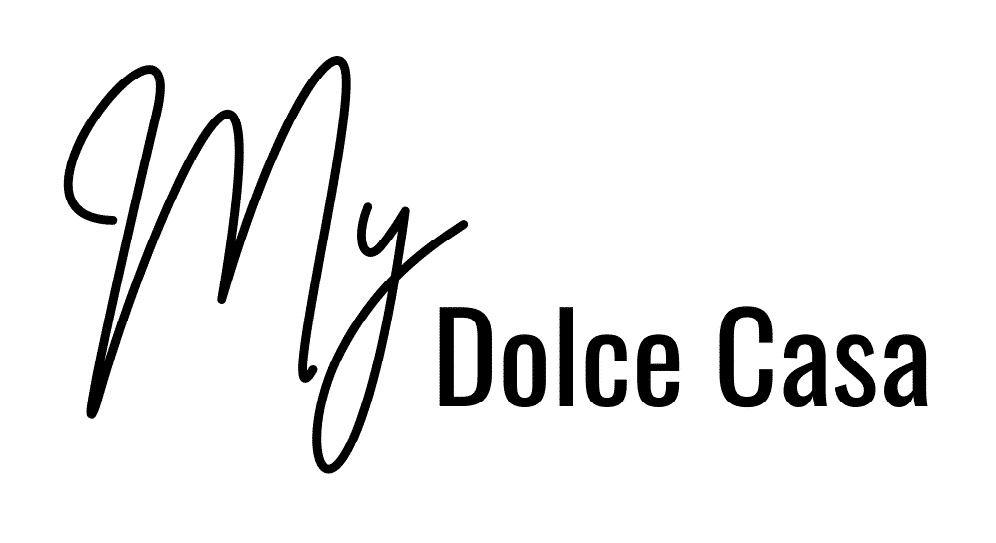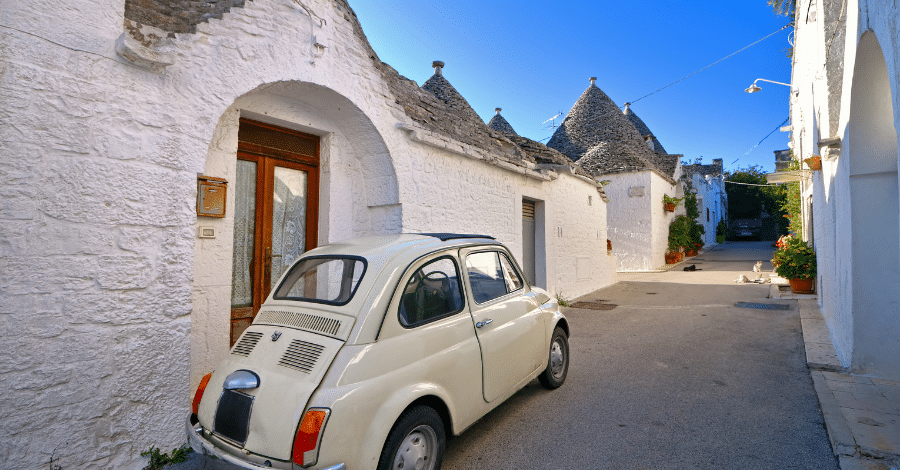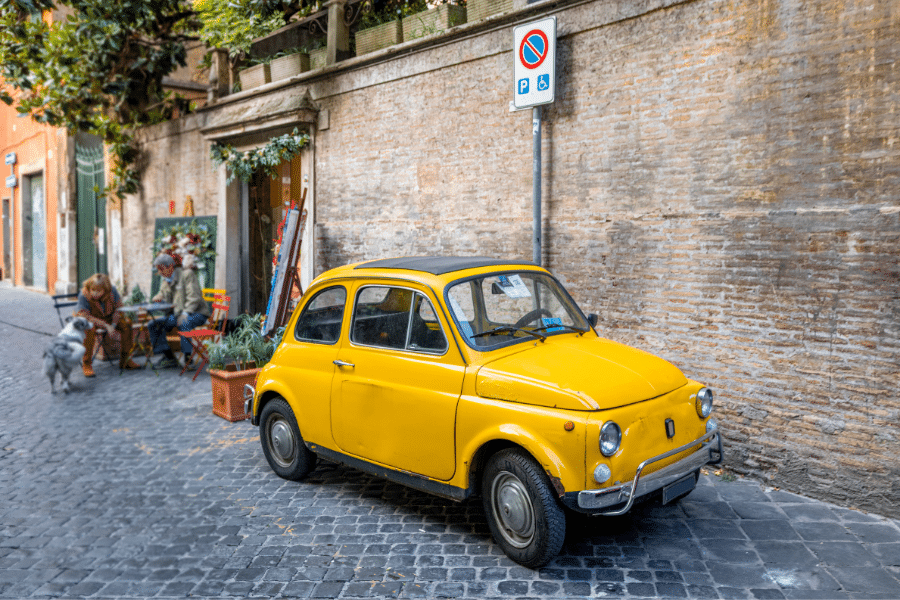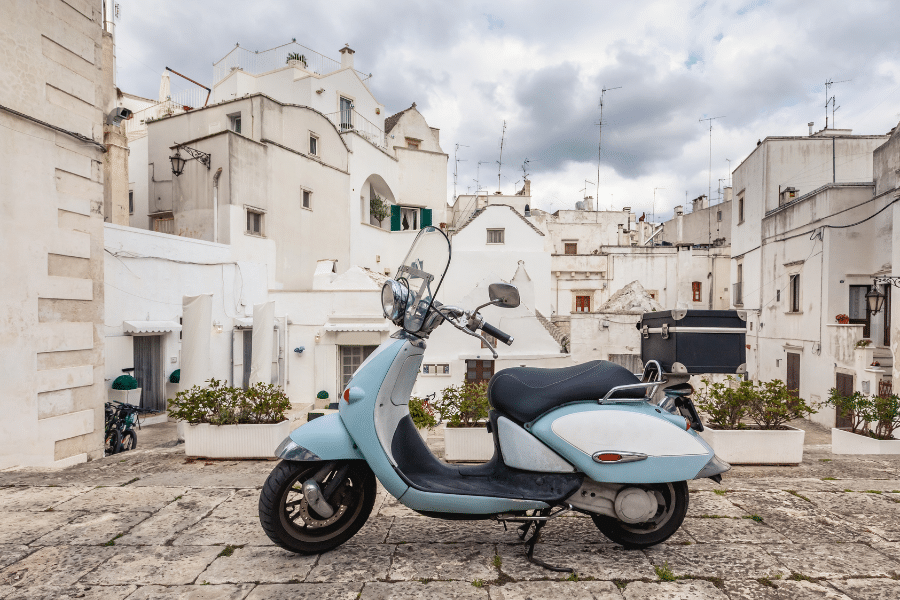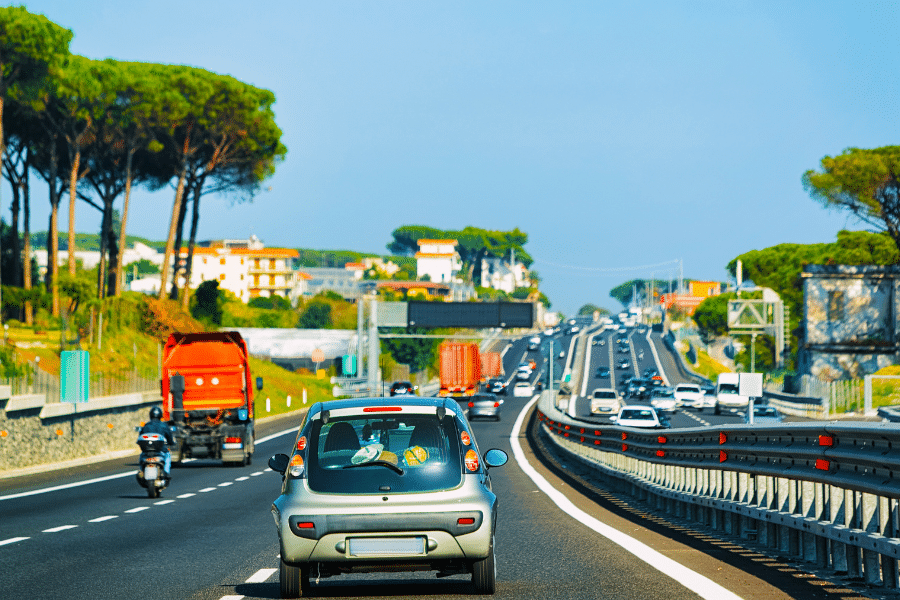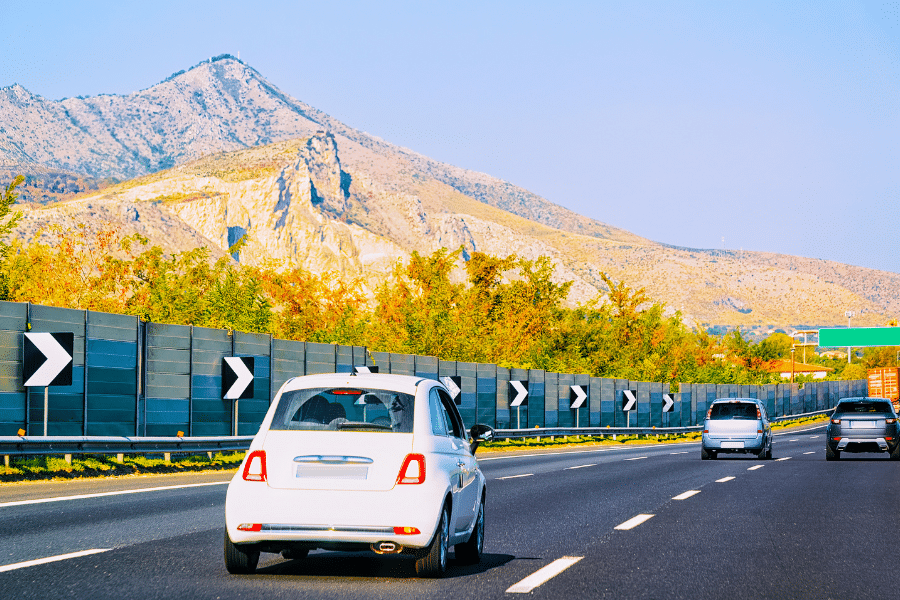If you’re planning on living in Italy for the foreseeable future, you may want to consider buying a car and driving in Italy. Though a majority of the country is well-connected to the train and bus system, there are plenty of places you either can’t get to without a car or it is rather inconvenient.
Unfortunately, like all things bureaucratic in Italy, the process of driving in Italy takes several steps and includes tons of documentation. We’ve put this guide together to make things easier for you, so follow the steps below.
Do I need to own a car in Italy?
Many people living in Italy, especially in larger cities, can get by without owning a car. The country has a solid train system that will conveniently take you to most places.
However, public transportation can be spotty at best, and many of the major cities’ metro systems shut down by 10:30 in the evening, leaving you stranded wherever you are out.
So does this mean you should buy a car if you live in Italy? Not necessarily.
Luckily, the country has plenty of vehicle renting options if you aren’t interested in purchasing a car.
First, car-share apps like Share-Now allow you to rent vehicles for a one-way or full-day trip. Similar to bike-rental services, these vehicles are parked around the city, so you can book them instantly and park in most areas.
You’d also have the option of reserving the car for 24 or more hours if you want to take a day trip to the beach or to a hiking spot a few hours away.
Additionally, there are many scooter rental agencies similar to Share-Now in bigger cities. Each scooter even comes with a couple of helmets.
Lastly, there are also plenty of inexpensive car rental agencies around the country, too, if you’re looking for a longer trip.
1. Driving requirements in Italy for Americans
Unfortunately, the United States and Italy do not have a reciprocal agreement that would recognize driver’s licenses from the US in Italy. However, you do have some wiggle room to get your driver’s license in Italy.
For the first year, you can rely on an IDP or international driver’s permit. This is essentially your license translated to Italian, and you can pick this up at a AAA in the States.
But suppose you’re planning on living in Italy beyond a year. In that case, you want to start getting your Italian driver’s license as soon as possible, as the process can be time consuming and full of bureaucratic steps.
2. Eligibility criteria for getting an Italian driver’s license for Americans
There are a handful of requirements you need to drive in Italy. You need to be 18 years old and have all the documents needed for the application:
- Valid US passport or other proof of identity
- Valid Italian residency permit (permesso di soggiorno or other visa)
- Completed application form (available from the local motor vehicle office or online)
- Proof of residence in Italy (e.g., utility bill or rental agreement)
- Codice fiscale (fiscal code or tax document)
- Medical certificate (certificato medico) issued by an Italian doctor or authorized healthcare facility
- Two passport-sized photographs
3. How to sign up for your Italian driver’s license
Before your 12-month grace period is over, you should already begin the process of applying for a driver’s license at the appropriate local motor vehicle office known as Ufficio Provinciale della Motorizzazione Civile. Getting a driver’s permit is time-consuming and very tricky, so you should give yourself a minimum of six months to navigate the bureaucracy, study and prepare for the written test, and practice for the driving exam.
The license you’ll need to apply for is the “Patente B,” which is designed for cars and motorbikes up to 125ccs. Besides the age requirement, you’ll also need to meet medical fitness standards for driving. This is another big bureaucratic step you’ll need to navigate, as you can’t just go to any doctor for this document. You’ll need to find a doctor that is authorized to evaluate your health for driving to meet the standards of 119 of the Highway Code.
The doctor will check your eyesight, physical condition, and mental health. This will likely take less than ten minutes, but finding a doctor will be the hardest part, especially if your Italian isn’t great (though getting a license will likely be impossible if you don’t speak the language).
Once you have the necessary documents, you can apply for a permit at one of the ministry’s agencies, uffici della motorizzazione civile.
4. Preparing for and taking the driving exams in Italy
Theory test to obtain a driver’s license in Italy
Once you’ve begun the process of applying for your driver’s permit, you’ll have a short six-month window to pass the theory test, a written exam that can only be taken in Italian, French, and German. For many, this will obviously be the biggest obstacle because of the language requirements.
You’ll have two attempts to pass the theory test, and failing both would mean you’d have to restart the entire process all over again.
However, if you do pass the theory test, you’ll earn a pink slip called the foglia rosa. You’ll be able to present this document to move on the practical driving test.
Practice test to obtain a driver’s license in Italy
From there, you’ll have three chances to pass the test in an eleven-month period. You can try your first test one month after you pass the theory test.
Even if you have your American driver’s license, you’re still required to complete six hours of driver’s lessons before you can take the driver’s test. You can easily join a driving school (autoscuola) to prepare for these exams and get your required practice hours. You’ll be required to practice the following with a certified driving instructor:
- Two hours of driving at night
- Two hours of driving on urban roads or rural roads (strada extraurbana secondaria)
- Two hours of driving on highways or motorways (strada extraurbana principale)
Once you’ve practiced with a driving instructor, the driving school will help with all the administrative details to sign up for the exams.
If you didn’t go through an autoscuola, you could contact the local motor vehicle office to schedule your practical driving test. During the test, an examiner will assess your driving skills on the road.
It has been reported that the practical driving test is the easiest in the European Union. You won’t be asked to change the oil, to check your fluid levels or ask any trick questions. It’s a simple driving test to see how you are behind the wheel.
If you pass this final exam, you’ll be issued your Italian driver’s license! Once you’ve gotten this license, you can drive in any European Union country.
5. Estimated costs of Italian driver’s license
Overall, the cost of getting a driver’s license in Italy isn’t expensive compared to the US. But you should expect your totals, including the outside documentation and lessons, to be around €600-1200 ($660-1,300).
The breakdown of the costs to get your license in Italy would look something like this:
- Driving school enrollment – up to €200
- Medical exam – €80 maximum
- Study books, registration, and theory exam – up to €400
- Driving lessons – between €45 and €60 per hour
- Practical exam – between €120 and €150
- Taxes – up to €70
Final Thoughts
You won’t want to get caught in Italy without a valid driver’s license. Telling a police officer, “We didn’t know!” will just get you an expensive ticket. If you’re driving around the countryside, police officers often stop to see your identification. The ticket for not having the appropriate documents can be up to €500, so you’ll really want to have these documents on hand.
If you plan on spending several years in Italy, you should plan on getting a driver’s license. It will open up so many opportunities for you to enjoy Italy’s beauty without relying on inconsistent public transportation.
